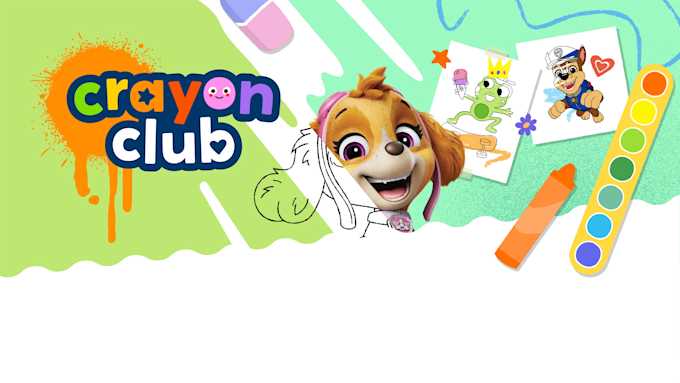What is Assistive Technology?
Assistive technology refers to a device or object that helps a person with a disability perform daily tasks. For children and students, these aids can remarkably improve social integration and academic performance. Despite the seemingly high-tech terminology, assistive technology does not have to mean smart devices or computers. There are many low-tech options that prove useful and make everyday life more manageable.
For children with physical and learning disabilities, it is important to experiment with alternative methods for note-taking, organization, and communication. Educators, health professionals, and parents all play a key role in finding options that work for a variety of functional challenges. Many schools and special education programs will already have these assistive devices available. Here, we have outlined some common types of assistive technologies.
Text-to-Speech and Speech-to-Text in Special Education
For students with physical limitations or motor difficulties as well as those with dyslexia, dysgraphia, and speech impairments, text-to-speech and speech-to-text devices can be life-changing. Many computers and tablets come with this technology in place, and the increasingly-portability and durability of these devices make them a great option for the classroom. School projects that require an oral component are often frustrating for students with speech impairments, and so being able to type out this portion to be read out loud by the computer or device is an alternative. Students with dysgraphia of a motor impairment that causes poor handwriting often find their notes illegible and useless; typing is one way to keep notes clear and organized.

Computers, Tablets, and Audio Recorders
Computers and tablets are great for classroom notes and assignments, as they allow students to effortlessly edit and add extra information. Students with visual impairments can adjust font size, font type, and color-code their notes to ease readability. Many of these devices are customizable and will gradually adapt to a person’s voice (voice recognition) or handwriting (tablets with a computerized pen option). Both of these can be optimized to include word prediction (to lessen the amount of typing or writing), plus grammar, punctuation and spelling checks. Audiobooks are another option for students with dyslexia or who are audio-learners, as they can listen and read along to enhance understanding. An older but still relevant technology is an audio recorder, which can help those with learning disabilities review class lessons or assignment instructions.
Organization Tools
There are software programs to help with scheduling and prioritizing tasks, as well as making notes and tasks visually clear and presentable. However, organization tools do not have to be high-tech. The age-old binders, different-colored tabs, and stickers are great for students who are more visual-learners to arrange their materials. Even using something as simple as a different-colored pen or pencil can help; children can highlight important notes or vocabulary words, make lists, and draw pictures to help delineate ideas.
Physical Aids and Accommodations
For students with physical disabilities, physical aids and adaptive technology are oftentimes essential for academic progress. The best part is that they also do not have to be high-tech. For those with fine motor skill disabilities, hand or pencil grips can make tasks like writing or drawing easier. For those who are visually impaired, large-print books, braille, or ebooks make reading less cumbersome.
Sources:
- The Tech Advocate:
http://www.thetechedvocate.org/assistive-technology-students-disabilities/
- understood.org:



